Last updated on February 29, 2024
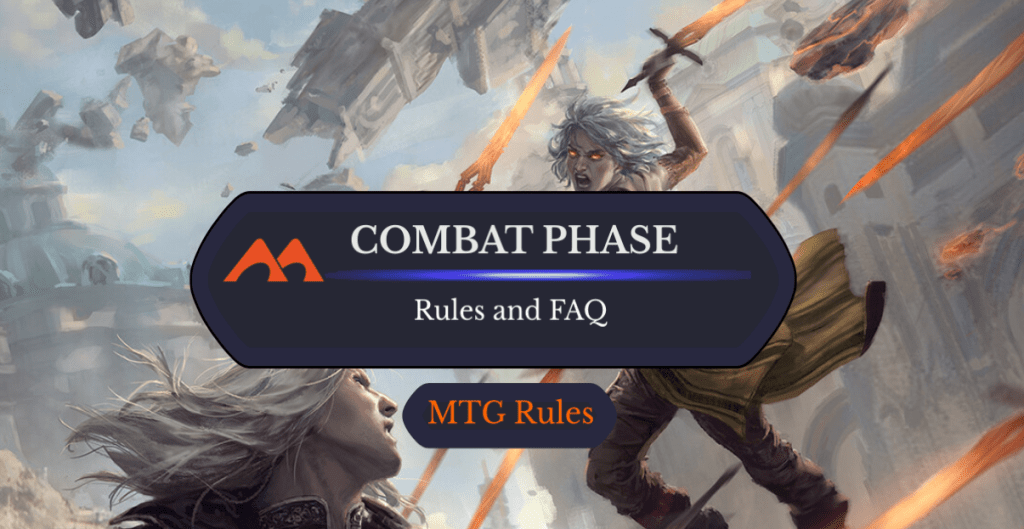
Single Combat (War of the Spark) | Illustration by Livia Prima
Although control connoisseurs and board wipe buffs may disagree, combat is the main focus of most MTG decks.
The combat phase is also the most complex of the five phases of a turn, with several steps and turn-based actions going on. Not to mention being the phase in which both the attacking and the defending player often make the most decisions, flinging around instant-speed actions while creatures bash into each other.
So let's step into the thick of the fray, pierce into the fog of war, and wrestle some sense and order out of the MTG rules to learn how the combat phase works.
What Is the Combat Phase?

The Ozolith | Illustration by Sam Burley
The combat phase is the third phase of a turn in Magic, and your combat phase is when your creatures can attack enemy players, planeswalkers they control, and battles they defend.
As a refresher, there are five phases in a turn of Magic:
- Beginning phase
- Pre-combat main phase
- Combat phase
- Post-combat main phase
- Ending phase
The combat phase is further subdivided into five steps:
- Beginning of Combat
- Declare Attackers
- Declare Blockers
- Combat Damage (if any creature engaged in combat has first strike or double strike, there are two combat damage steps)
- End of Combat
Normally, all phases take place every turn, even if nothing happens during the phase.
In particular, the combat phase takes place even if there aren’t any creatures that can attack, and three of its steps (beginning of combat, declare attackers, and end of combat) happen even if no creature actually attacks.

For example, let's say you have The Ozolith in play with counters on it, but you don't have any creatures. There will still be a combat phase in your turn, and at the start of said phase the Ozolith's ability will trigger (and you could put those counters on an enemy creature, if you wanted to).
The other two steps (the declare blockers and combat damage step) only happen if there is at least one attacking creature. If not, they are skipped; abilities that would trigger in one of those steps won't trigger this turn, and spells like Mirror Match or Berserk can't be cast.
Beginning of Combat Step
In multiplayer games, the active player announces who is the defending player. Each multiplayer format may have its own rules on the matter so we won't cover them here.
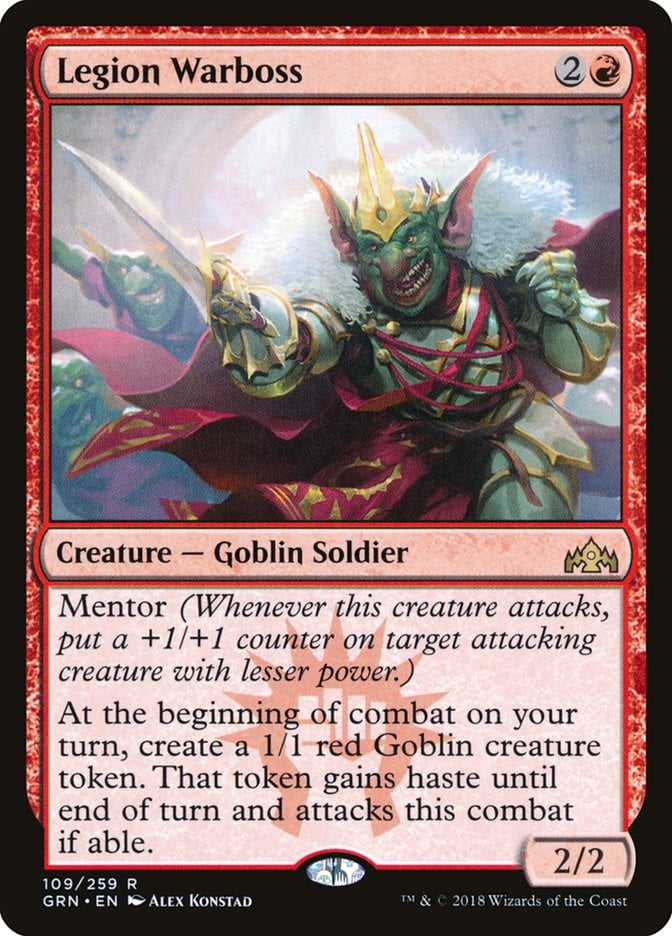
Then, abilities that trigger at the beginning of combat will trigger. For example, your Legion Warboss‘s ability will trigger here and put a hasty goblin token into play. The Warboss' ability will trigger even though the Warboss hasn't been declared as an attacker yet, even if you don't intend to attack with it, and even if the Warboss can’t actually attack this turn (perhaps because it still has summoning sickness).
The active player gets priority at this point. When all players pass priority in succession while the stack is empty, the game moves to the next step: declare attackers.
Declare Attackers Step
The active player declares which of their creatures will attack. Said creatures must be able to do so, of course (they must be untapped without summoning sickness or Pacifism-like effects, etc.).
The active player taps each creature that they what to declare as an attacker (except those that have vigilance). The attacking player also announces the objective of each attacking creature: an enemy player, planeswalkers they control, or battles they protect. Each attacking creature has a single objective, but different attackers can go for different objectives.
Relevant abilities will trigger right after attackers are declared. In particular, abilities that trigger “when this creature attacks” (like Sun Titan) trigger when the creature is declared as an attacker. Triggers that refer to you as a player, like Adeline, Resplendent Cathar‘s, mean “when you declare at least one of your creatures as an attacker.”
Attackers are considered “attacking” until they’re removed from combat, or until the combat phase ends. In particular, if a permanent is blinked (Magic lingo for “exiled and immediately returned to the battlefield”), it re-enters the board as a new permanent that’s not engaged in combat – it's no longer attacking, blocking, or being attacked.
If no creatures were declared as attackers or put onto the battlefield attacking, the game will skip the “declare blockers” and “combat damage” step, and move directly to the “end of combat” step. In this scenario, the skipped steps never happen and therefore abilities that would trigger in those steps won't trigger this turn.
If at least one creature attacked or is attacking, the game proceeds to the “declare blockers” step.
Declare Blockers Step
The defending player announces which of their creatures will block. Said creatures must be untapped and able to block. Notice that creatures with summoning sickness can block, even if they can't attack.
Several blockers can be assigned to block the same attacker.
A creature declared as a blocker will be considered “blocking” until it's removed from combat, or the combat phase ends.
Whenever an attacker faces multiple blockers, and/or a defender blocks multiple attackers, players announce the damage assignment order, which will influence how combat damage is dealt during the “combat damage step.” I recommend reading our in-depth guide on the combat damage step if you want to know how it works.
After blockers are declared and the damage assignment order is announced, the relevant ability triggers, players get priority, and when they pass in succession with an empty stack the “combat damage” step begins.
Combat Damage Step
If at least one creature currently engaged in combat has first strike or double strike, there will be two combat damage steps. Creatures with first strike deal damage during the first combat damage step; creatures without either first strike or double strike deal damage during the second; creatures with double strike deal damage in both steps.
In each damage step, the attacking player announces how each attacking creature assigns its combat damage; then the defending player announces how each blocker assigns its combat damage. All relevant combat damage is then dealt simultaneously. This part does not use the stack, so no player can respond during this process.
After combat damage is dealt, abilities trigger and the active player receives priority.
End of Combat Step
The end of combat step is kind of a “cool off” step.
“At end of combat” triggers happen as soon as the end of combat step begins. Note that creatures that survived combat damage are still considered attacking/blocking during this step, which means effects like Celestial Flare will still have an effect at this time.
Players then get priority until everybody passes with an empty stack.
At that point the “end of combat” step ends, which also marks the end of the combat phase as a whole. This is when “until end of combat” effects expire.
All creatures, battles, and planeswalkers are removed from combat. Creatures are no longer considered to be attacking, blocked, or blocking, and the postcombat main phase begins.
How Does Priority Work in the Combat Phase?
Priority works the same in the combat phase as in any other step in which players receive priority.
Turn-based actions take place right after a step begins; immediately afterward, triggers are put onto the stack. Then, in all steps of the combat phase, the active player receives priority.
Turn-based actions are things like declaring attackers or declaring blockers (or drawing a card during the draw step, for example) that are specific to a certain step. They’re the first thing that happens in their particular steps, and they don't use the stack.
During the combat step, the turn-based actions are:
- Beginning of Combat: In certain multiplayer games (this depends on each format), the turn-based action is the active player announcing who is/are the defending player(s). In one-versus-one games there's no turn-based action during this step.
- Declare Attackers: Declaring attackers is a turn-based action.
- Declare Blockers: Declaring blockers, and announcing the damage assignment order in case of multiple blockers or defenders, are turn-based actions.
- Combat Damage: Attackers and blockers assign and deal damage as a turn-based action; all damage is simultaneous. If any creature has first strike or double strike, there is another combat step, which proceeds the same way (the only difference is which creature(s) deal damage in each step).
- End of Combat: There's no turn-based action in this step.
Turn-based actions never use the stack, and can't be responded to.
After turn-based actions (if any) are finished, triggered abilities are put onto the stack. Then the active player receives priority.
(To have the whole picture: Players normally receive priority in all steps during a turn, except the untap step and the cleanup step. In particular, the active player receives priority in every combat step after any turn-based action, like dealing damage, takes place.)
After the active player gets priority, players take turns to either perform actions (like casting a combat trick or activating an ability) while they have priority, or pass priority. Only instant-speed actions are allowed during the combat phase.
Whenever something on the stack resolves, the active player regains priority.
Once all players pass in succession while the stack remains empty, the current step ends and the next step or phase begins.
Is There Always a Combat Phase?
No. Some effects can specifically skip the combat phase, and some can end the turn prematurely and therefore skip everything.
Moment of Silence, for example, will skip combat specifically. The combat phase is gone for good that turn, and effects like Legion Warboss won't trigger in that case.
End-the-turn spells like Discontinuity are even more drastic, and just skip everything, even in the middle of a phase (i.e. they may end the turn during the “declare blockers” step, for example).
If we leave those effects aside, then yes, there's always a combat phase, even if no creature is able to attack, or even if the board is empty.
For example, say you play Legion Warboss this turn, and it's your only creature. Even though the Warboss can't attack (because of summoning sickness), the combat phase will still start, and therefore the Warboss ability will trigger and create a 1/1 goblin.
You may have the option to do nothing during your combat phase. For example, let's say your only creature is Adeline, Resplendent Cathar and they can attack this turn. You may choose to not attack if you don't want to, so Adeline’s ability won't trigger (unlike the Warboss, Adeline triggers when you effectively declare an attacker, not just at the start of combat).
In other words: Unless there's an effect in play that literally skips the combat phase, it’ll take place and the relevant abilities will trigger. You can choose not to perform some optional actions (like declaring attackers), but the phase itself takes place, and so do the relevant triggers. And your opponents still get priority during each step, even if you choose to do nothing.
You can skip the “declare blockers” and “combat damage” steps, though! If there are no attacking creatures, those steps do get skipped for good.
But the beginning of combat step, the declare attackers step, and the end of combat step always take place unless some specific effect (like Moment of Silence) says otherwise.
Can You Change Declared Attackers?
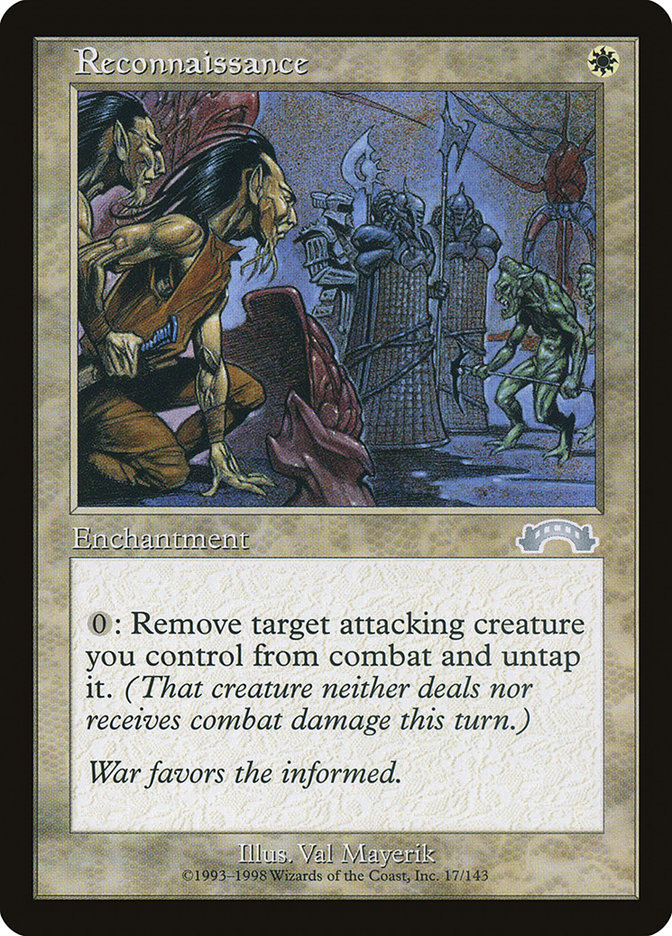
Come on! Of course not!
Unless you have a trick like Reconnaissance up your sleeve, of course.
But, normally, nope: You can't.
Can You Cast Spells During the Combat Phase?
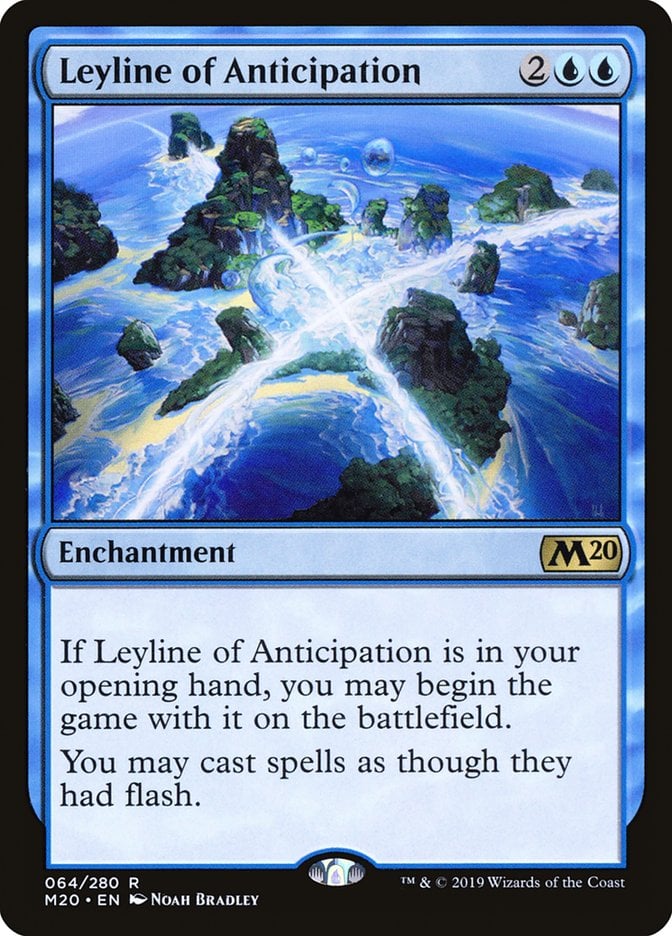
Yep. Any player can cast instant-speed spells whenever they have priority, even in the middle of combat.
(And they could also cast non-instant spells if an effect like Leyline of Anticipation allows them to bend the rules).
Can You Go to Combat Without Attacking?
Yes – in fact, you must go to combat unless some effect is causing you to skip the combat step this turn. Going to combat does not mean you’re forced to attack, you’ll just choose not to attack once the declare attackers step starts. You can’t, however, just choose to skip your own combat step on a whim.
Can You Activate Abilities During the Combat Phase?
Yes – you can activate abilities whenever you have priority.
A specific ability may have further restrictions, of course. Loyalty abilities from planeswalkers, for example, can only be activated during your main phase. But unless the activated ability specifically states otherwise, it's an instant-speed action: You can activate it anytime you have priority.
How Many Extra Combats Can You Have?
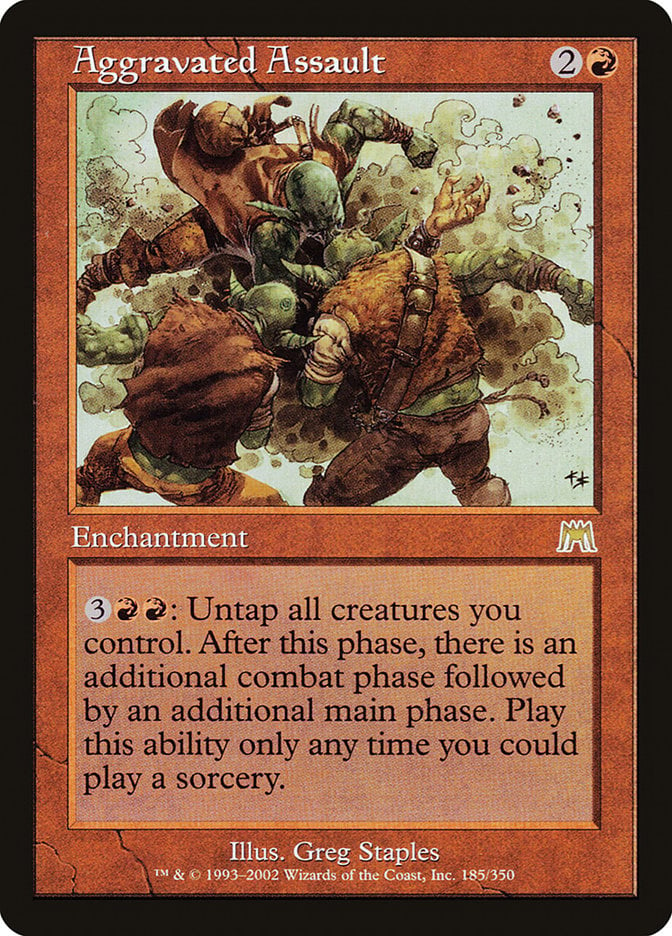
Infinite! The rules put no hard cap on the number of extra combats you can have in a single turn.
Consider Aggravated Assault, for example. As long as you have the mana, you can keep the attacks coming.
Do Extra Combats Give Another Main Phase?
No.
The effect that provides the extra combat phase may also provide another main phase, but that's not a given.
Relentless Assault, for example, gives both an extra combat and an extra main phase. But Moraug, Fury of Akoum only gives extra attacks, not extra main phases.
Do Extra Combats Trigger Abilities?
If those abilities would trigger at some point during a normal combat phase and they have no specific limitations, then yes.
Helm of the Host, for example, will create a token copy of its wielder at the start of each one of your combat phases, regardless of whether that's your normal combat phase or an extra combat phase. If you manage to create an infinite loop with infinite combat phases, Helm of the Host will keep triggering each time.
Some extra-combat cards come with built-in limitations, though. Karlach, Fury of Avernus, for example, specifically refers to the first combat phase of a turn.
But unless there's a limitation spelled out, combat-related triggers will trigger every combat phase.
Wrap Up
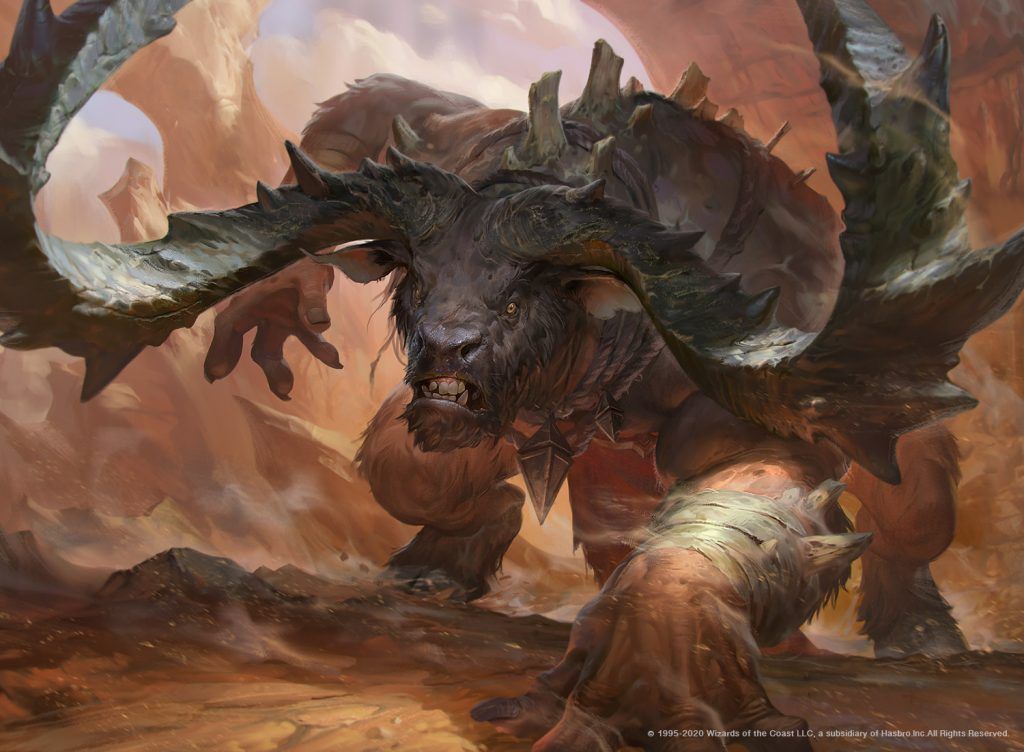
Moraug, Fury of Akoum | Illustration by Rudy Siswanto
Alright, fight's over!
Melees are messy, and when the board is crowded combat becomes the most complex phase in a turn of Magic.
When in doubt, just remember to go step by step: Any turn-based action first, then any triggers, then active player gets priority. All players can perform instant-speed actions (instant spells, flash creatures, activated abilities) whenever they have priority, even in the middle of the messiest of clashes.
And while many combat-related actions are optional, the combat phase and any relevant triggers take place even if the attacking player has no intention of attacking, and even if they have no creature that can actually attack (and even if they have no creatures, full stop!).
I hope we've equipped you well enough for your next fray, and if you have further comments or questions please drop a comment below, or stop by the Draftsim Discord for a chat.
And good luck out there!
Follow Draftsim for awesome articles and set updates: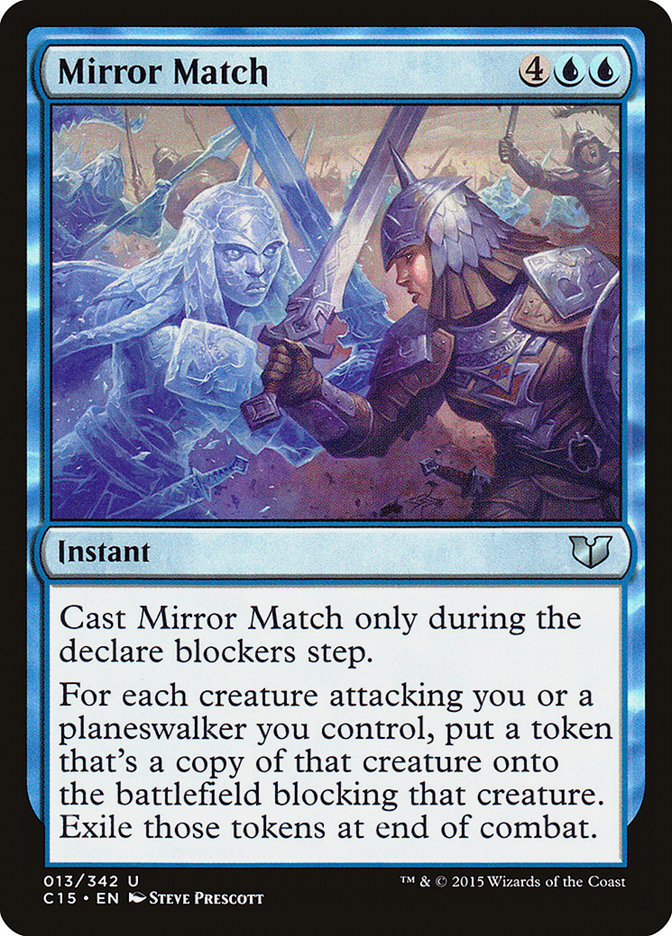
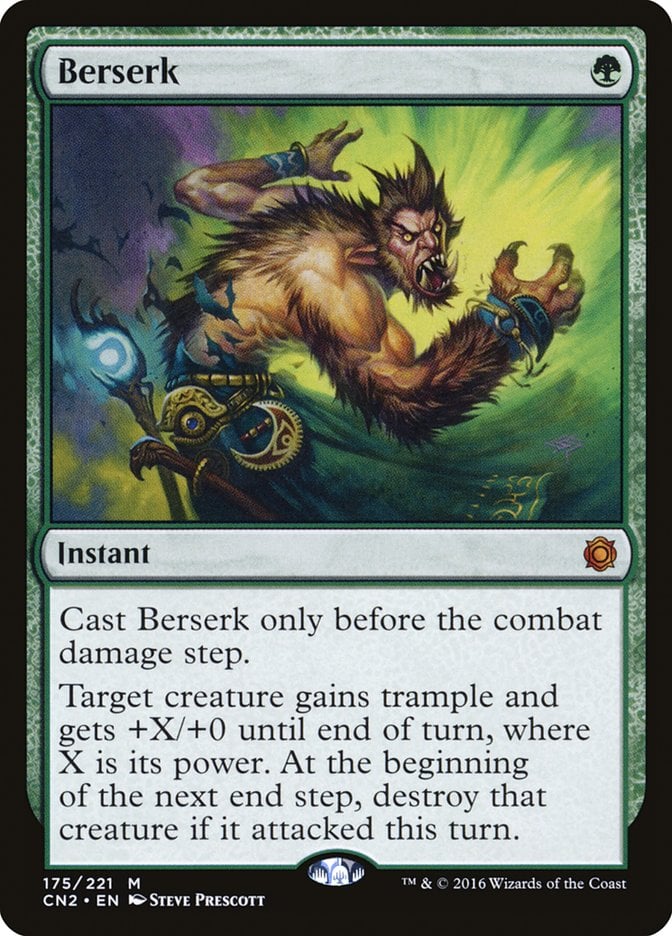
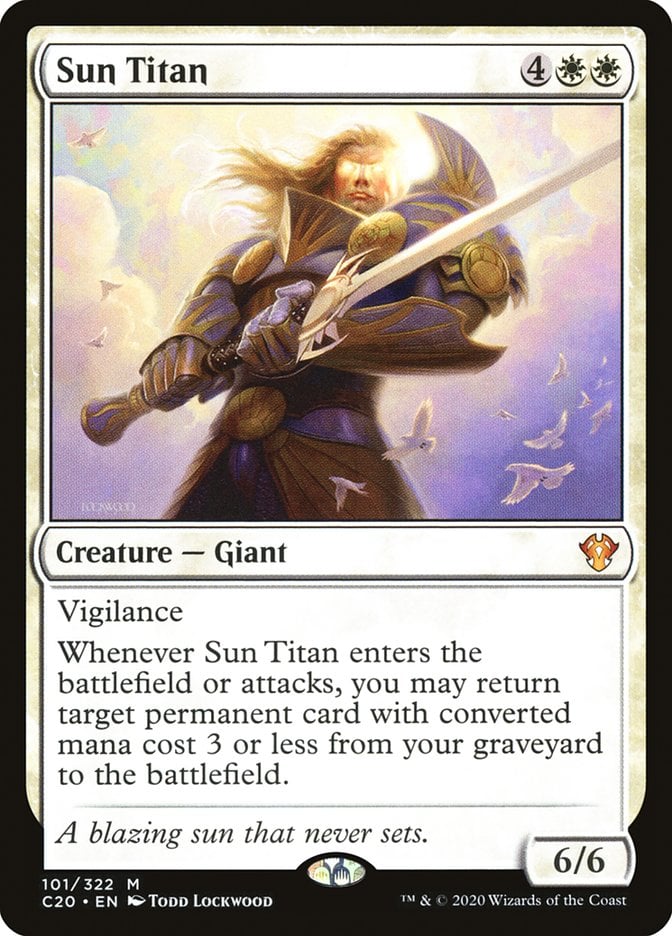
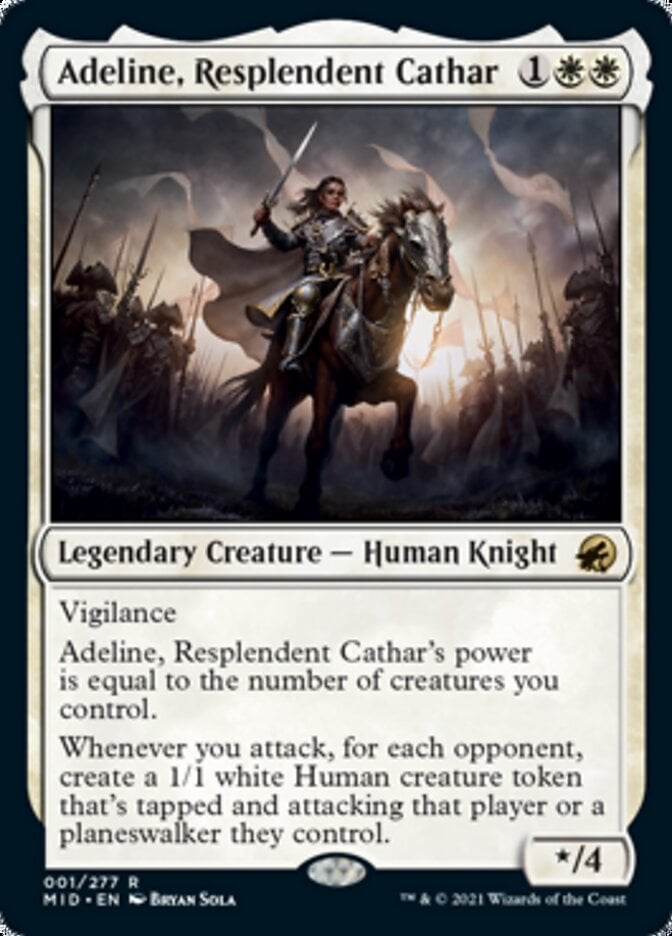

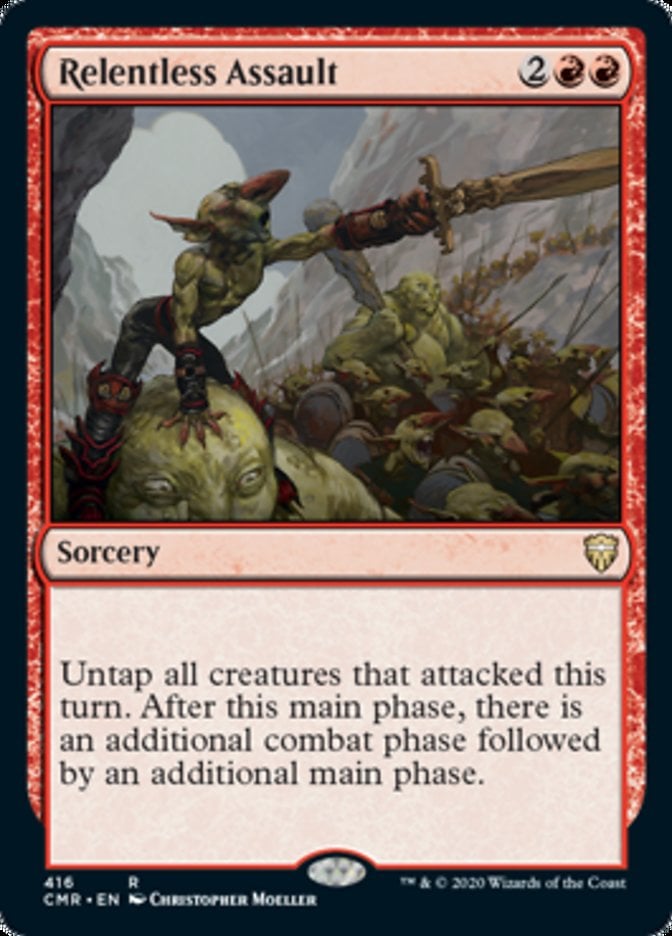
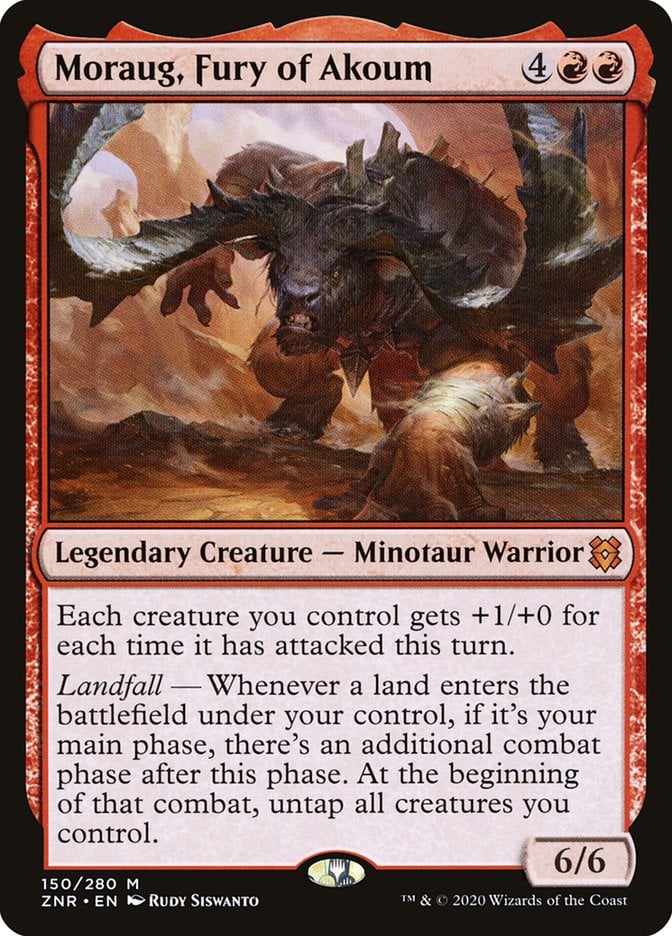
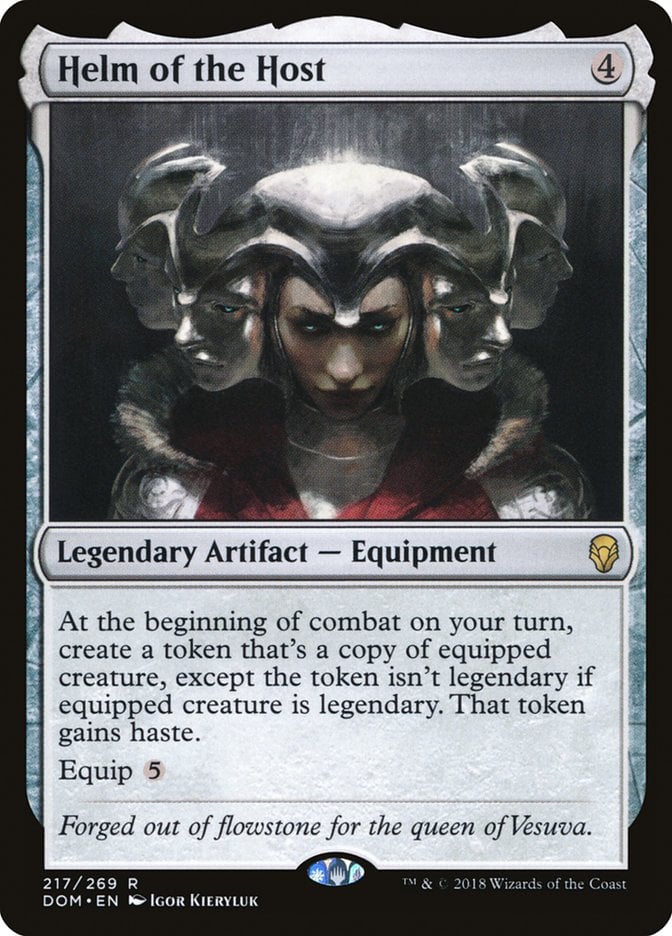
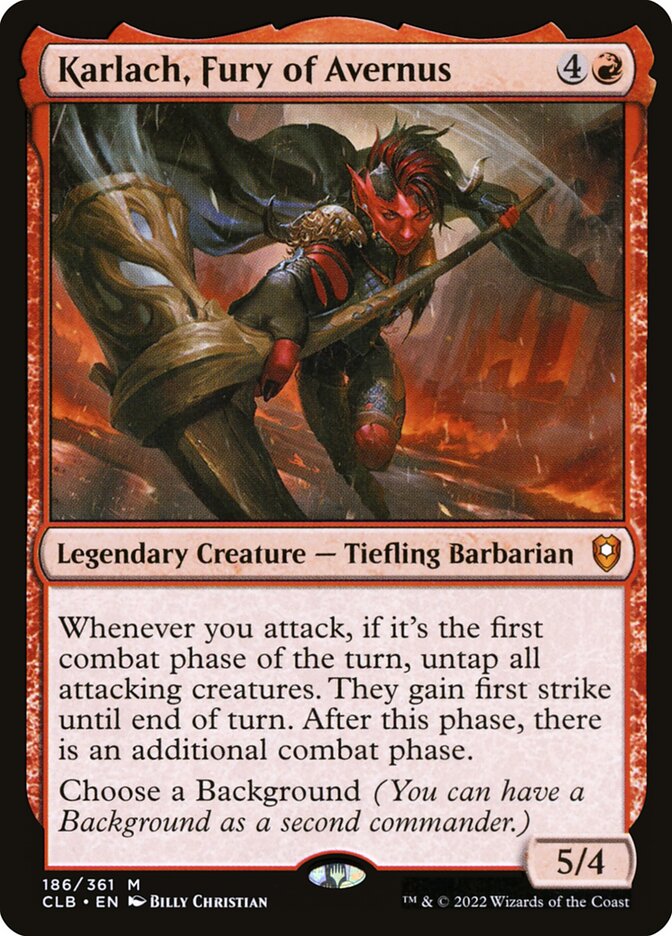


Add Comment